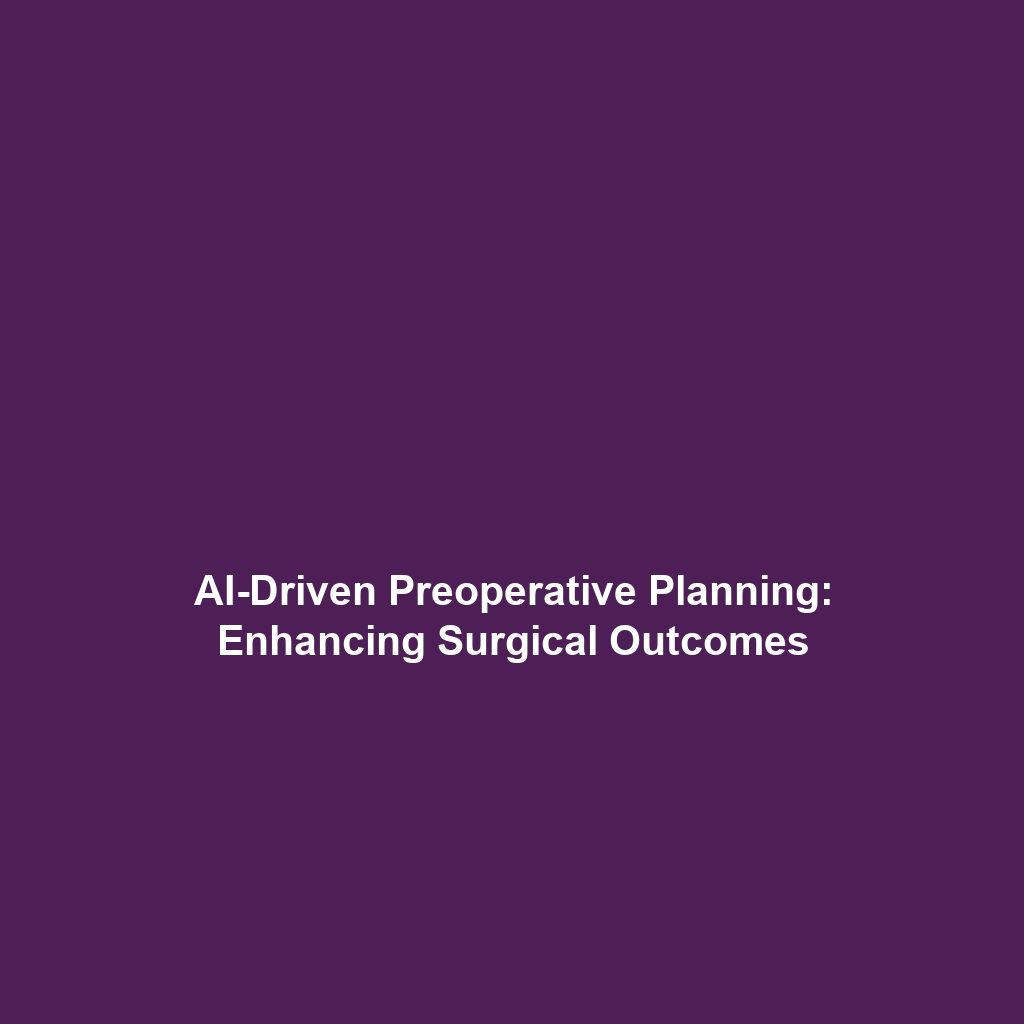Solutions to Mitigate Job Displacement: Reskilling Programs and Universal Basic Income
Introduction
The advent of artificial intelligence (AI) is reshaping the workforce globally, leading to concerns about job displacement and economic inequality. Solutions to mitigate job displacement, such as reskilling programs and universal basic income (UBI), are gaining significant attention within AI Ethics. Addressing these solutions is crucial not only for safeguarding individuals who are vulnerable to job loss but also for ensuring a fair transition into an increasingly automated future. This article delves into the importance of reskilling initiatives and UBI as ethical safeguards in the realm of AI.
Key Concepts
Reskilling Programs
Reskilling programs are educational initiatives designed to equip the current workforce with new skills relevant to evolving job markets impacted by AI and automation. These programs are foundational in AI Ethics, as they strive to provide equitable opportunities to all, thereby minimizing unemployment risks.
Universal Basic Income (UBI)
Universal Basic Income proposes providing all citizens with a regular, unconditional sum of money, regardless of their employment status. This concept addresses ethical concerns related to poverty and economic disparities exacerbated by AI, ensuring a basic quality of life even as the job landscape changes.
Applications and Real-World Uses
Practical implementations of Solutions to mitigate job displacement include:
- Government Initiatives: Various countries, such as Finland and Canada, have trialed UBI to assess its long-term impacts on economic stability.
- Corporate Reskilling: Companies like Amazon are investing in reskilling their workforce to navigate AI transitions.
- Community Programs: Local organizations are offering training sessions for displaced workers to learn coding, digital marketing, and other high-demand skills.
These applications demonstrate how reskilling programs and UBI are integrated into AI Ethics, fostering adaptability in a changing job market.
Current Challenges
Identifying and implementing Solutions to mitigate job displacement pose several challenges:
- Funding: Securing consistent funding sources for reskilling programs and UBI initiatives can be difficult.
- Public Perception: There is ongoing debate regarding the effectiveness and feasibility of UBI in various socio-economic contexts.
- Skill Gaps: Mismatches between available reskilling opportunities and the specific needs of the job market can limit their effectiveness.
Future Research and Innovations
Future advancements in AI Ethics may involve:
- AI-Driven Educational Platforms: Innovations in technology can enhance the accessibility and effectiveness of reskilling programs.
- Broader UBI Experiments: Continued research into various UBI models could provide insights into its long-term viability as a solution.
- Impact Assessments: Ongoing studies assessing the socio-economic impacts of these solutions will inform future policymaking.
Conclusion
Solutions to mitigate job displacement, such as reskilling programs and universal basic income, play an essential role in addressing the ethical implications of AI on the workforce. As technology advances, it is crucial to continue exploring these solutions to ensure fair and equitable economic opportunities for all. To learn more about the relationship between technology, ethics, and the future of work, consider exploring related topics on AI Ethics and workforce development.







